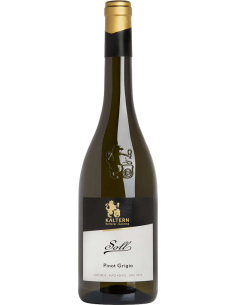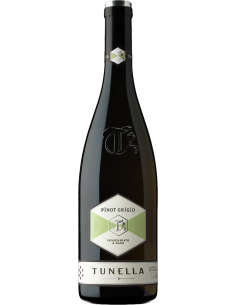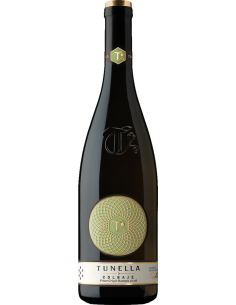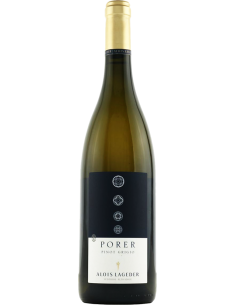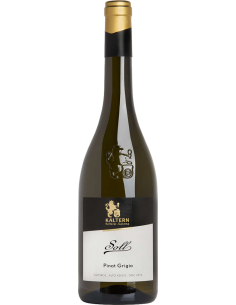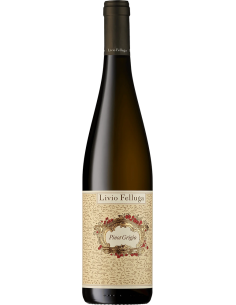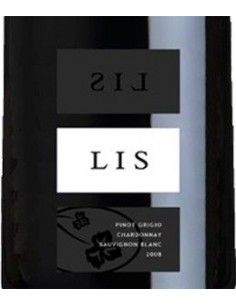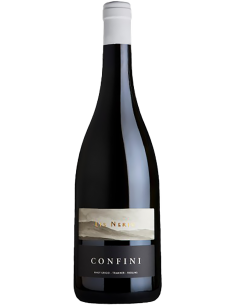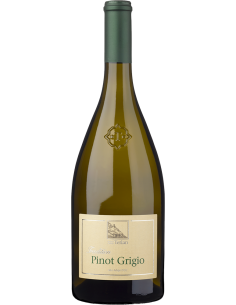l Pinot grigio (also, as mentioned, genetic mutation of Pinot Noir) was for many years one of the most "fashionable" wines of Italian production. A success that has allowed the plant not only in Veneto, but also in Friuli and in Alto Adige. Development that led on one hand to the massive reduction of red varieties and on the other to a notable qualitative leap (parallel to that of sales). It is copper-colored, often it is vinified in white but if vinified in contact with the skins it assumes its peculiar coppery color and is theoretically less "endowed" with its white or black variant. Yet its diffusion has then opened the way to the production of great fruity, fragrant and well structured wines. In particular it has greater acidity in Trentino and Alto Adige (and therefore lends itself to longer maturation), is very rich in Collio and in the Colli Orientali del Friuli and finally has given appreciable results in Tuscany. In Alsace, instead, it is vinified in contact with the skins and is known as Pinot Gris (previously Tokay Pinot Gris or Tokay d'Alsace), an internationally known wine of great quality. Same vertex reaches also in Germany (where it is called Ruländer), in the Valais (where it is called malvoisie) and in Hungary (where it is known as szürkebarát).










